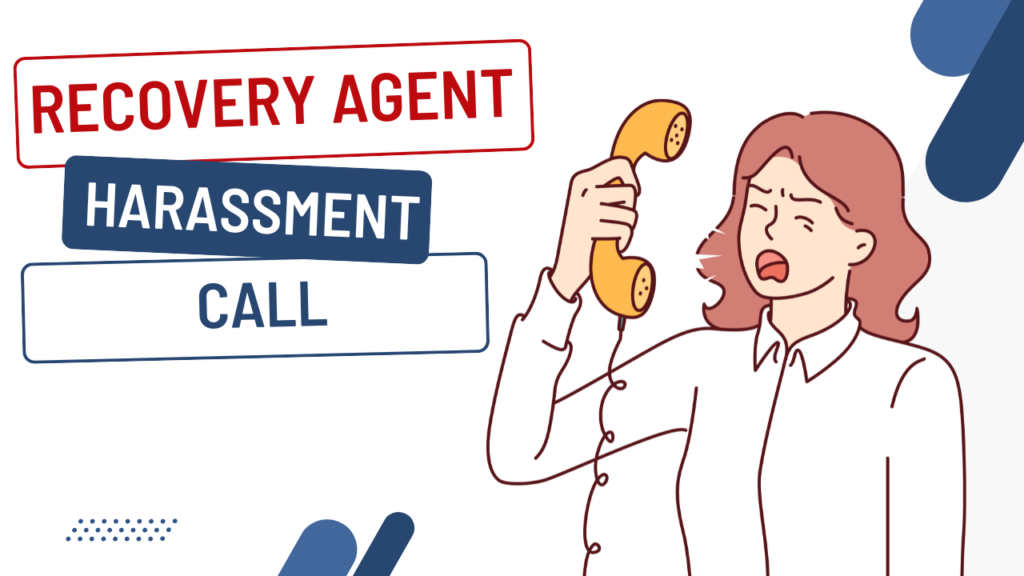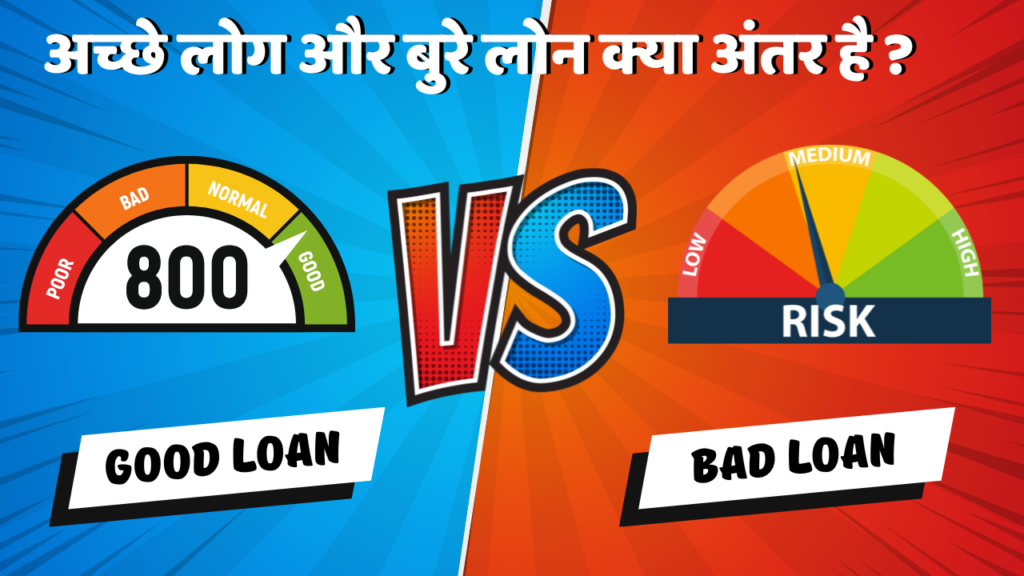Settling a personal loan with Werize (MoneyOnClick) may become necessary in situations of financial hardship where you can no longer keep up with the payments. Loan settlement is an option that allows you to negotiate with the lender to pay a reduced sum to close out the loan account (settle Werize Personal loan). While this can be helpful in easing immediate financial strain, it also has lasting impacts, especially on your credit report and future borrowing power. This guide covers each step in the settlement process, providing essential details, considerations, and additional alternatives.
Understanding Loan Settlement and Its Effects
Loan settlement is an arrangement that enables a borrower to clear outstanding debt by paying a negotiated amount that’s less than the full balance. The lender agrees to accept this partial payment to close the loan, marking the loan as “settled” rather than “paid in full.” The main advantage is the financial relief from an immediate reduction in debt, but the drawback is that it can affect your credit score and future lending prospects.
Why It’s Different from Full Repayment
When a loan is marked as “settled,” it signifies to credit agencies and future lenders that the loan was not paid back entirely, indicating a partial default. As a result, lenders may consider this a risk factor in future credit applications. Therefore, a settle Werize Personal loan should only be considered in scenarios of extreme financial difficulty.
Pros and Cons of Loan Settlement:
Pros:
- Reduced Payment Obligation
- Immediate Financial Relief
- Prevention of Collection Actions
Cons:
- Adverse Effect on Credit Score
- Negative Perception by Future Lenders
- Potential Future Loan Limitations
Reasons to Settle a Werize Personal Loan
Certain circumstances can make it challenging to continue repaying a loan. Here are some common situations where loan settlement might be the best option:
- Unforeseen Financial Hardships: Sudden medical expenses, job loss, or significant income reductions may leave limited resources for loan repayment.
- Multiple Debts: Having multiple loans and debts may make a settlement essential for managing overall debt levels.
- Preventing Legal Issues: A loan settlement can help avoid the escalation of debt to collection agencies, or even court action, which would further affect finances.
Steps to settle Werize Personal loan
Understanding the proper steps for loan settlement can make the process more straightforward and increase the chances of a favorable outcome.
Step 1: Review Your Financial Situation
The first step is assessing your financial position:
- Analyse Your Repayment Capacity: Determine the maximum amount you can offer for settlement without straining other essential expenses.
- Compile Financial Documentation: WeRize may require proof of your financial hardship, such as bank statements, income slips, or expenses. Preparing these ahead of time can simplify the process.
- Settle on an Amount: Aim for an amount you can realistically afford to settle in a single payment, as instalments may not be accepted in settlements.
Step 2: Contact WeRize Customer Support
Initiating communication with WeEzie’s customer service team is essential to start the settlement process.
- Reach Out Early: Contacting WeRize as soon as possible when you know repayment will be difficult demonstrates responsibility and commitment.
- Discuss the Settlement Process: Inquire about specific requirements, including the timeline, minimum acceptable amounts, and necessary paperwork.
- Explain Your Situation: Outline your financial difficulties honestly, and have documentation on hand to support your claim.
Step 3: Negotiate the Settlement Amount
The negotiation phase is crucial for reaching a favourable settlement amount.
- Initiate with a Lower Offer: Start with an offer slightly below your intended amount, allowing room to negotiate.
- Request Fee Waivers: Many lenders will reduce or waive extra charges such as late fees or penalties during settlement negotiations.
- Confirm Account Closure: Before committing to a payment, verify that the settlement will fully close your account without any remaining dues or residual liabilities.
Step 4: Document the Settlement Agreement
To avoid potential misunderstandings, ensure that all terms are clearly documented before proceeding with payment.
- Written Settlement Agreement: Obtain a formal written agreement detailing the settlement amount, payment date, and that the account will be marked as “settled” upon payment.
- Review Credit Reporting Terms: Confirm with WeRize that they will update the loan as “settled” on your credit report to prevent it from being labelled as “defaulted.”
- Carefully Review Terms: Reading through the settlement agreement ensures that all terms are understood and any ambiguities clarified before signing.
Step 5: Complete the Settlement Payment
After the agreement is in place, make the settlement payment according to the agreed terms.
- Ensure On-Time Payment: Missing the payment date could void the settlement agreement, so be sure funds are available.
- Request a No-Dues Certificate: Once the payment is complete, request a No-Dues certificate to confirm that no further balances are owed.
- Monitor Credit Report: After a month or so, check your credit report to ensure that the loan is marked as “settled” and closed, as agreed.
Credit Score Impact of Loan Settlement
Loan settlement typically results in a negative mark on your credit report since it indicates that the loan was not fully repaid. This can lower your credit score, especially if you previously had a strong credit history.
Effects on Future Loan Applications:
- Lower Credit Score: The “settled” tag on a loan can reduce your credit score, as credit agencies treat it as a partial default.
- Lender Hesitation: Lenders may view a settled loan as a risk, potentially making them hesitant to approve future loans.
- Rebuilding After Settlement: Although the immediate impact on credit is negative, adopting responsible credit practices can help rebuild your score over time.
Alternatives to Loan Settlement
If settlement isn’t the best option for your situation, consider these alternatives that can potentially mitigate the impact on your credit profile.
Loan Restructuring
Loan restructuring involves adjusting the loan’s terms, which can include reducing the monthly EMI, extending the loan tenure, or even lowering the interest rate. This is a good option if you can manage smaller payments but cannot afford the existing EMI structure.
EMI Moratorium or Reduction
WeRize may offer an EMI reduction or even an EMI moratorium in certain situations. While the interest may continue to accrue, it can relieve immediate payment pressure without marking the loan as settled.
Loan Transfer
If another financial institution offers lower interest rates or better repayment terms, consider transferring the loan. Loan transfers allow you to repay the outstanding balance under more favourable terms, without negatively impacting your credit profile.
Conclusion
Settling a WeRize (MoneyOnClick) personal loan offers immediate financial relief but can have lasting effects on credit. Consider all available options, such as restructuring or moratoriums, before proceeding. If settlement is necessary, approach it systematically: assess finances, settle Werize Personal loan, negotiate wisely, document terms, and make payments punctually. Remember, with disciplined financial practices, it’s possible to recover from credit impacts over time, opening doors to future financial opportunities.
Frequently Asked Questions (FAQ’s)
Ans: Settlement amounts generally range between 50-70% of the outstanding balance, although this may vary depending on financial circumstances and negotiation.
Ans: Yes, WeRize may request financial documents to support your settlement request.
Ans: Credit bureaus typically update within 30-45 days post-settlement.
Ans: Yes, as lenders may view a settled loan as a risk, affecting future applications.
Ans: Yes, consistent on-time payments and responsible credit usage can gradually rebuild your score over time.













